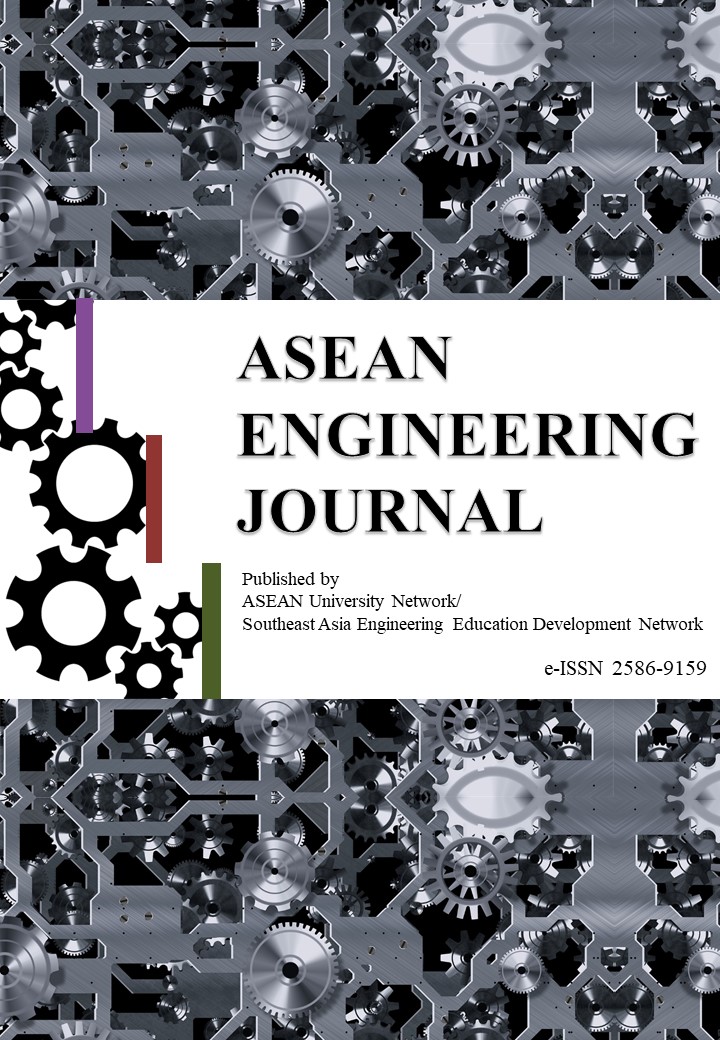EMBODIED GREENHOUSE GAS EMISSIONS FOR TWO DIFFERENT TYPES OF TIRE TREAD MOLDS
DOI:
https://doi.org/10.11113/aej.v10.15536Abstract
In an assessment of the carbon footprint (CFP) of a tire product, embodied greenhouse gas (GHG) emissions of its tread mold are usually disregarded due to the absence of available information. This study presents embodied GHG emissions of a winter tire tread mold and evaluates its significance. We also provide a comparative study between two types of mold, namely the sector and the element mold, which are not different in terms of the tread forming in the production process, but subject to the customer’s utilization. The assessment was performed according to the international ISO/DIS 14067 standard, requirements, and guidelines for the quantification of the CFP of products. Required input data of the processes were collected and allocated based on a tread mold production plant located in Thailand. Direct GHG emissions and indirect emissions were calculated according to the 2006 IPCC guidelines. In other indirect processes, secondary data from process-based and input-output-based data were assigned to match the best site specificity, and closer fuel mix in upstream inputs. The results obtained in this study show that the embodied GHG emissions were 5,033.36 kg CO2e for the sector mold, whereas 53.73% additional emissions were found in the dataset using the element mold. The embodied emissions estimated for the aluminum input were found to significantly influence the mold CFP. Disregarding the embodied GHG emissions during the production of a single conventional tire could result in an underestimation of 0.03% for the sector type and 0.05% for the element type. Furthermore, appropriate lifetime utilization of the tread mold could increase the contribution of the tread mold CFP.
















